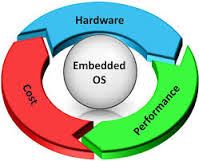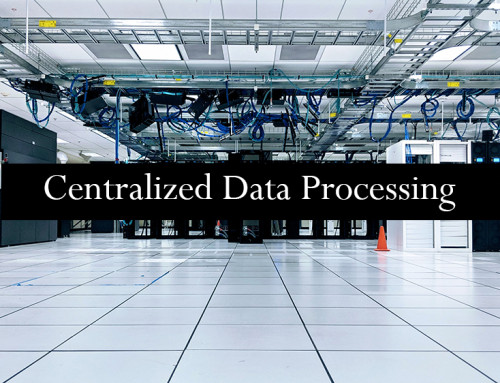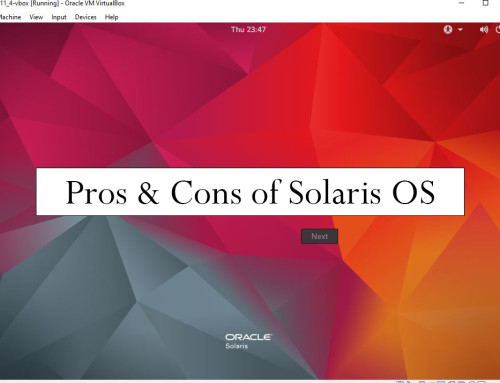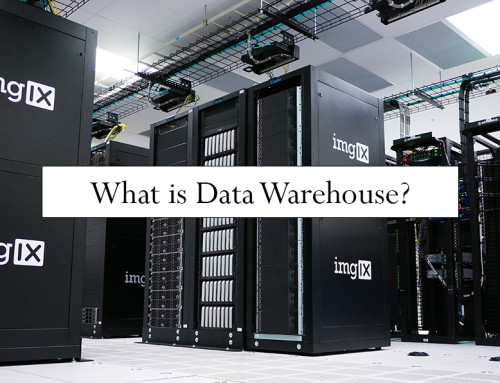This is the type of operating system which uses less resources and dedicated to one specific task and is difficult for upgrade.
So I will discuss few advantages and disadvantages here:-
Advantages of embedded operating system
- Small size and faster to load
- More specific to one task
- Easy to manage
- Low cost
- Spend less resources
- These operating system is dedicated to one device so performance is good and use less resources like memory and micro-processors
Disadvantages of embedded operating system
- Difficult to upgrade
- If any problem occurs then you need to reset settings
- Nearly not scalable
- Hardware is limited
- Troubleshooting is difficult
- Difficult to transfer data from one system to other
Examples of Embedded operating system:-
Windows Xp was using in the ATM machines is one example. Switches, routers systems are other example in which some embedded system are used which keep them working. There are many other examples like operating system used in aircrafts, cars etc.
Overview:
These types of systems are run in mobiles, tablets like we handle in our daily life. The storage of this operating system in on chips. These systems have not vast variety of features but only necessary features that can work for the user. Usually java applications are made to run on these systems.
Embedded systems are sometimes custom build depending on which mobile or device user tend to use. Due to less features build in these systems it loads faster from the flash or chip. An embedded system can be attached to the standard PC to speed up performance.
This type of system is better than PC in some cases like if you are browsing internet and not storing any information then it is best and fast to use. In modern mobiles we see lot of tasks are performed on the device. This is because of the increase of storage in these devices.





